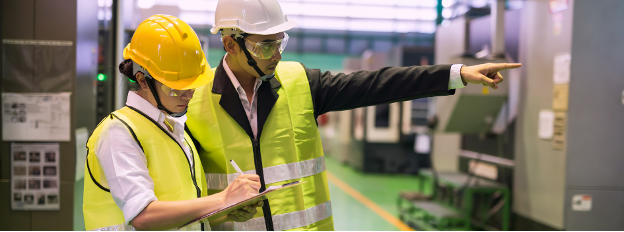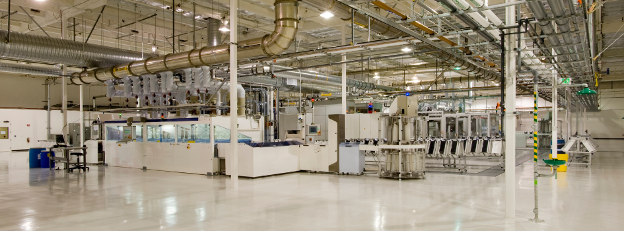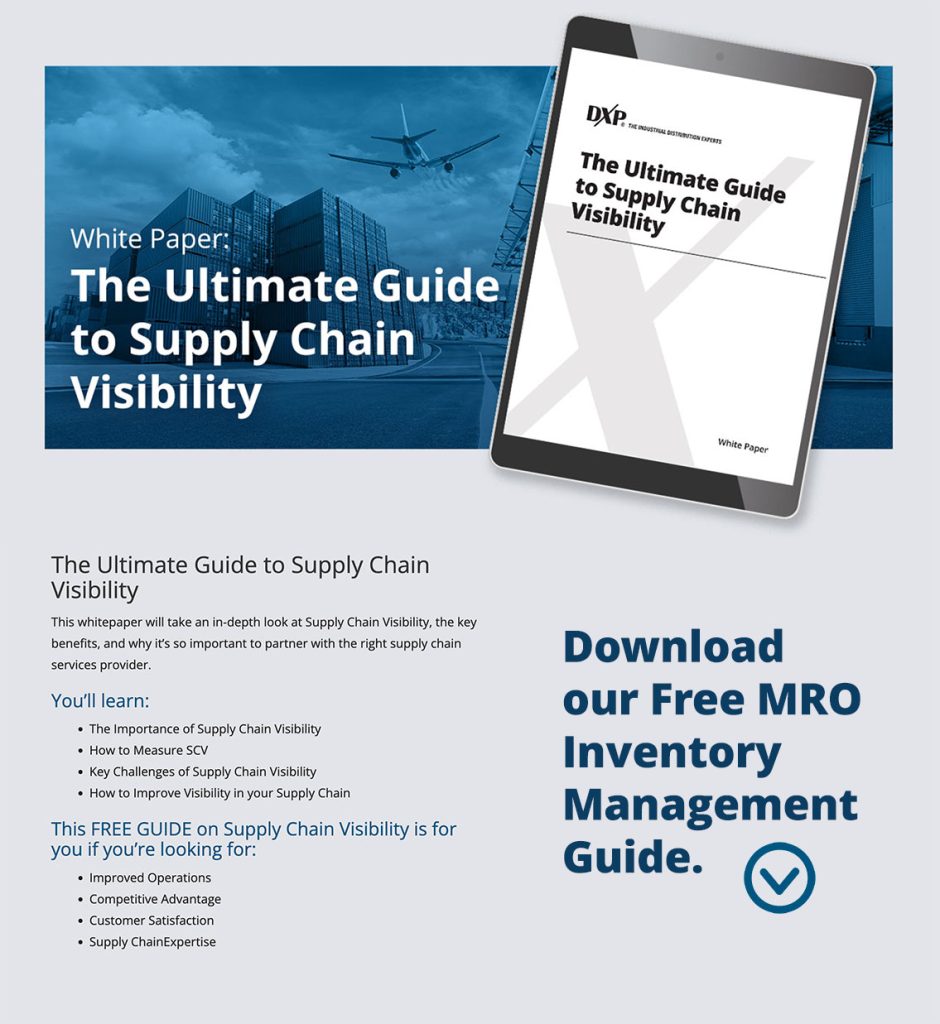
How to Conduct an Industrial Energy Audit in Your Facility
Ever wondered how your business can amp up efficiency, cut costs, and do its part for the planet? Industrial energy audits might be the game-changer for optimizing your facility’s energy use. Learn more in this comprehensive guide from DXP.
Understanding the Importance of Industrial Energy Audits
Sustainability and efficiency are paramount in all industries today. Consequently, conducting an industrial energy audit is a strategic move for businesses. Beyond mere cost reduction, these audits play a pivotal role in achieving ESG goals. How do you conduct an industrial energy audit in your facility? Here’s everything you need to know.
Types of Industrial Energy Audits
Preliminary (Walk-Through) Audit: offers a swift, high-level assessment of an industrial facility’s energy usage, focusing on identifying areas for potential improvement.
Detailed (Diagnostic) Audit: involves a thorough examination, utilizing precise data collection and in-depth analysis to pinpoint specific energy-saving measures.
The walk-through audit is a quick starting point, while the diagnostic audit provides a comprehensive roadmap for targeted and data-driven energy efficiency enhancements. The choice between them depends on the facility’s goals, budget, and the depth of analysis required.

Analyze Consumption & Implement Energy-Efficient Alternatives
To embark on a successful industrial energy audit, first, you must define the scope. Identify key areas for evaluation, considering aspects such as facility size, operational processes, and energy consumption patterns.
Next, pinpoint processes and equipment that contribute significantly to energy consumption. This step lays the groundwork for targeted efficiency recommendations. Don’t worry — there are various energy-efficient technologies applicable to your specific processes, so don’t feel overwhelmed.
Lighting Systems
- Problem: Inefficient lighting can contribute to high energy consumption. (Wasted energy, increased utility costs, and environmental impact.)
- Solution: Upgrade to energy-efficient LED lighting, implement occupancy sensors, and optimize natural lighting.
HVAC Systems
- Problem: Inefficient heating, ventilation, and air conditioning can lead to excessive energy use. (Overconsumption of energy, discomfort in the workplace, and increased utility expenses.)
- Solution: Regular maintenance, upgrade to high-efficiency HVAC systems, and implement temperature controls based on occupancy.
Motors and Drives
- Problem: Inefficient motors and drives contribute to energy losses in industrial processes. (Reduced overall efficiency, higher energy bills, and increased wear on equipment.)
- Solution: Implement variable frequency drives (VFDs), conduct regular maintenance, and consider upgrading to energy-efficient motors.
Process Equipment
- Problem: Outdated or inefficient machinery can result in unnecessary energy consumption. (Higher energy costs, reduced productivity, and environmental impact.)
- Solution: Upgrade to energy-efficient equipment, optimize production processes, and consider automation.
Building Envelope
- Problem: Poor insulation and inefficient windows contribute to energy losses. (Increased heating and cooling loads, higher utility bills, and discomfort.)
- Solution: Improve insulation, upgrade windows and doors, and seal air leaks to enhance energy efficiency.
Utilities Consumption
- Problem: High peak usage and excessive energy consumption can strain resources. (Increased utility costs, potential for power outages, and strain on the electrical grid.)
- Solution: Implement load management strategies, shift non-essential operations during peak hours, and invest in energy-efficient technologies.
Water Systems
- Problem: Inefficient water pumping and treatment processes contribute to energy consumption. (Higher energy bills, increased water costs, and environmental impact.)
- Solution: Optimize water usage, implement water conservation practices, and consider energy-efficient water pumping systems.
Waste Heat Recovery
- Problem: Failure to capture and repurpose waste heat results in energy losses. (Missed opportunities for energy savings and increased environmental impact.)
- Solution: Implement waste heat recovery systems, assess processes for heat utilization, and consider co-generation.
Technology Integration
- Problem: Lack of smart technology integration can hinder energy management. (Missed opportunities for automation, inefficient processes, and higher operational costs.)
- Solution: Adopt smart technologies (i.e., condition monitoring technology), implement sensors and automation, and invest in energy management software.
Employee Training
- Problem: Lack of awareness or compliance with energy-saving practices among employees. (Reduced effectiveness of energy-saving initiatives and missed opportunities for improvement.)
- Solution: Conduct employee training programs, promote energy-saving behaviors, and establish communication channels for feedback.
These key areas, when carefully evaluated and optimized, contribute to a more energy-efficient industrial facility, reducing operational costs and environmental impact.
Read now: DXP’s Energy Saving Projects in the Manufacturing Industry

Assemble Your Energy Audit Team
Building a proficient energy audit team is critical. Assign roles and responsibilities, ensuring that each team member contributes their expertise to the various stages of the audit, from start to finish.
Energy Manager:
- Oversees the entire energy audit process.
- Coordinates with departments and team members.
- Develops strategies for energy efficiency.
Data Analyst:
- Collects and analyzes utility bills and energy consumption data.
- Creates reports to identify patterns and trends.
Project Manager:
- Oversees the implementation of energy efficiency recommendations.
- Ensures projects stay on schedule and within budget.
- Compiles reports and findings for internal and external stakeholders.
Safety Officer:
- Assesses the safety implications of proposed energy efficiency changes.
- Ensures that all recommendations align with safety standards.
- Creates training programs to promote behavioral changes.
Sustainability Coordinator:
- Integrates energy efficiency initiatives into the organization’s corporate sustainability goals.
- Communicates the environmental benefits of energy-saving measures.
Connect with DXP for Tailored Energy Efficient MRO Solutions
As you embark on the journey of optimizing your facility’s energy usage, partnering with industry leaders like DXP can provide customized solutions to align with your ESG goals. Reach out to DXP to explore a range of energy-efficient business solutions designed to enhance your operational efficiency and contribute to a sustainable future.

